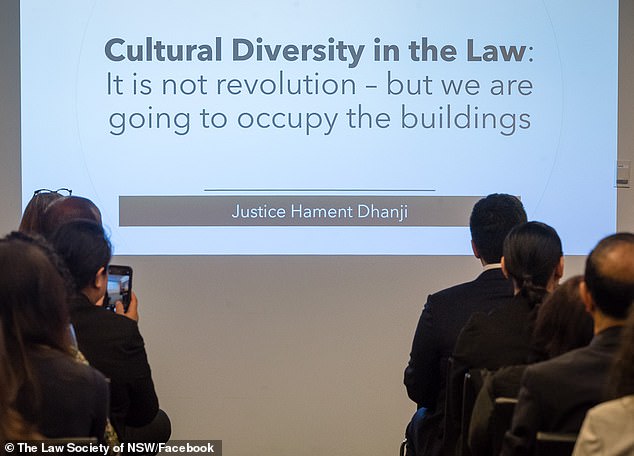
Australians working as charity bosses typically make more than $300,000 a year and are among the top one per cent of income earners.
Despite existing to help the needy, the non-profit sector offers some very generous salary packages, at least at the executive level, recruitment firm Hays revealed in its new salary guide for 2023-24.
Charity and non-profit chief executives are typically paid $350,000 in Australia if they handle more than $50million in revenue, mainly from tax-deductible donations.
The non-profit sector offers CEO salaries ranging from $300,000 to $430,000 if they deal with turnover of $50million to $500million.
Chief financial officers in the non-profit sector are also typically paid $300,000, with a salary range of $250,000 to $400,000 in a similar-sized charity.
By comparison, Treasurer Jim Chalmers earns $406,988 making budgetary decisions affecting Australia’s $2trillion economy during a cost of living crisis.
Charity and non-profit chief executives are typically paid $350,000 in Australia if they handle more than $50million in revenue, recruitment firm Hays has revealed (stock image)
Australian Taxation Office figures for 2019-20 – the most recent detailed data available – shows that those earning $352,719 or more are among the top 0.8 per cent of income earners.
The best paid typically earn triple Australia’s average, full-time salary of $94,000.
The Hays report also revealed commercial chief executives of medium-sized companies typically earn $600,000 in the $50million to $500million revenue segment, with pay ranging from $450,000 to $700,000.
Chief financial officers typically earned $450,000 with a salary range of $350,000 to $600,000.
The upper end is more than Prime Minister Anthony Albanese’s $564,356 salary before travel entitlements.
The corporate base salaries, outlined by Hays, do not include generous entitlements like short and long-term incentives, a fully maintained company car, extra superannuation and health cover.
Outside of organisational executives, salaried law firm partners had a high typical salary of more than $350,000 but only if they are based in Sydney.

Outside of organisational executives, salaried law firm partners had a high typical salary of more than $350,000 but only if they are based in Sydney (pictured is a NSW Law Society event)
They earned more than Sydney-based human resources directors on $300,000, in firms with 1,000 or more employees.
Matthew Dickason, the chief executive of Hays in the Asia Pacific, said all employers needed to be transparent about the pay of staff, with secrecy clauses in new contracts banned since December 7 last year.
‘We expect these figures to rise in the months ahead, with the abolition of pay secrecy in Australia prompting more employers to audit salaries, scrutinise disparities and make adjustments when required to ensure fair and equal pay,’ he said.
Hays surveyed 14,295 professionals in 6,903 organisations in the private sector, public service and registered charities in Australia and New Zealand.
It found 95 per cent of employers were looking to offer pay rises, with unemployment at a near 48-year low of 3.7 per cent.
Two-thirds of planning to offer increases of more than 3 per cent, but workers would still be suffering a cut in real wages because April’s monthly inflation rate was 6.8 per cent.
Defence and human resources had the biggest skills shortages, followed by policy and strategy, healthcare and construction.
Source: | This article originally belongs to Dailymail.co.uk